Proper nutrition forms the cornerstone of health for exotic reptile pets, yet it remains one of the most misunderstood aspects of their care. Unlike traditional pets, reptiles have highly specialized dietary needs that vary dramatically between species, developmental stages, and even seasons. From carnivorous snakes that may eat only a few times per month to herbivorous tortoises requiring daily plant matter, understanding these unique nutritional requirements is essential for responsible ownership. This comprehensive guide explores the feeding principles, common challenges, and best practices for nourishing exotic snakes, lizards, and turtles, helping both novice and experienced keepers provide optimal diets that promote longevity, proper growth, and vibrant health in their scaly companions.
Understanding Reptile Nutritional Needs
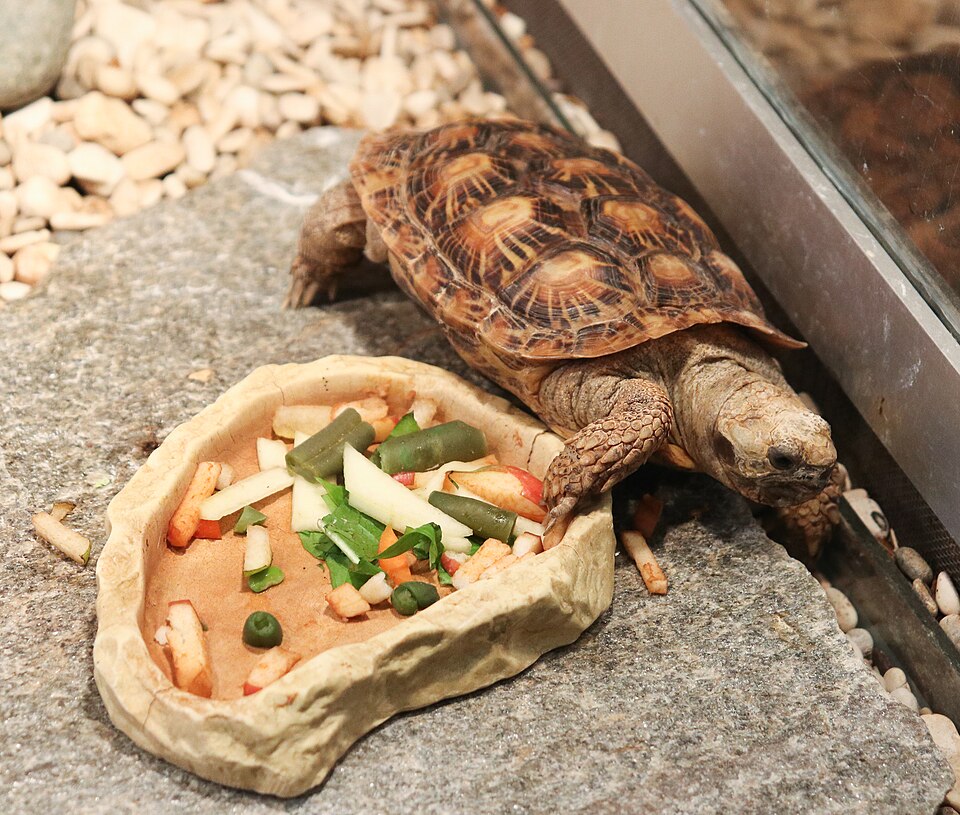
Reptiles have evolved highly specialized digestive systems and metabolic processes that differ significantly from mammals, making their nutritional requirements unique. Unlike warm-blooded animals that require regular feeding schedules, most reptiles are ectothermic, meaning their metabolic rates and nutritional needs fluctuate with environmental temperatures. This fundamental difference impacts everything from feeding frequency to nutrient absorption efficiency.
Additionally, evolutionary adaptations have created distinct dietary categories among reptiles: carnivores (meat-eaters), herbivores (plant-eaters), omnivores (both plant and animal matter), and insectivores (insect-eaters). Understanding where your specific reptile falls within these categories is crucial, as providing an inappropriate diet type can lead to serious health complications including metabolic bone disease, organ failure, and shortened lifespan.
Feeding Carnivorous Snakes
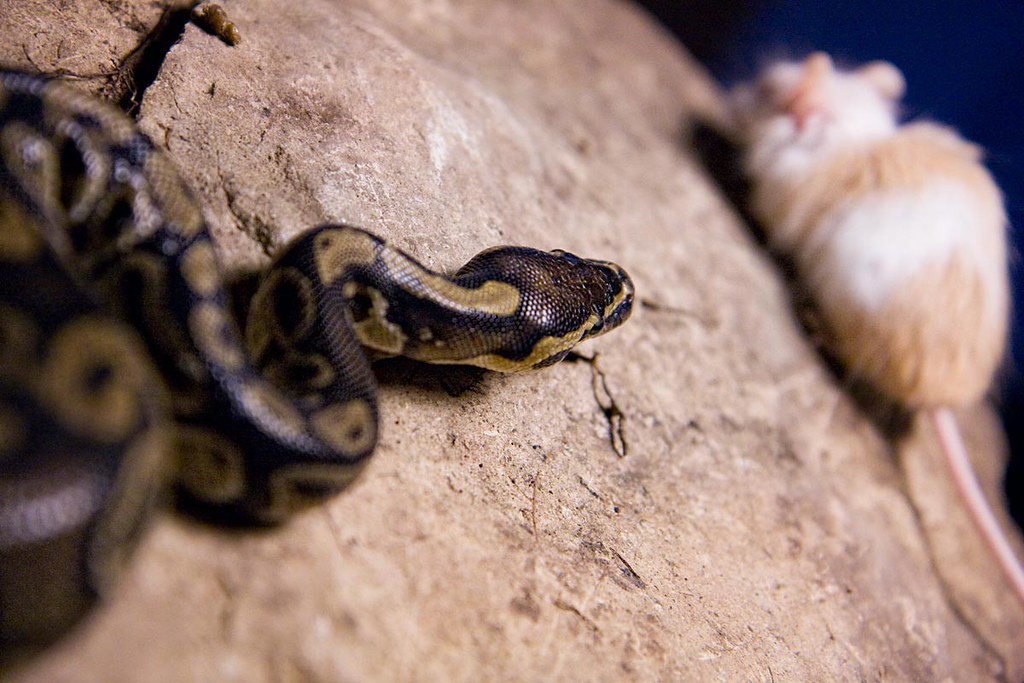
Most pet snakes are obligate carnivores, requiring whole prey items to receive proper nutrition. The majority of captive snakes thrive on a diet of pre-killed rodents sized appropriately for their body size—generally, the prey item should be approximately the same width as the snake’s widest point. Ball pythons, corn snakes, and kingsnakes typically consume mice or rats, while larger species like Burmese pythons may require rabbits or larger prey as they mature.
Feeding frequency varies by age and species: juvenile snakes often eat weekly, while adult specimens may only require feeding every 2-4 weeks. It’s critical to source high-quality frozen prey from reputable suppliers rather than wild-caught animals, which may harbor parasites or toxins from pesticide exposure. Always thaw frozen prey items to room temperature (never microwave) and use feeding tongs to present the meal, avoiding handling the snake immediately after to prevent regurgitation or misdirected feeding responses.
Feeding Insectivorous Lizards
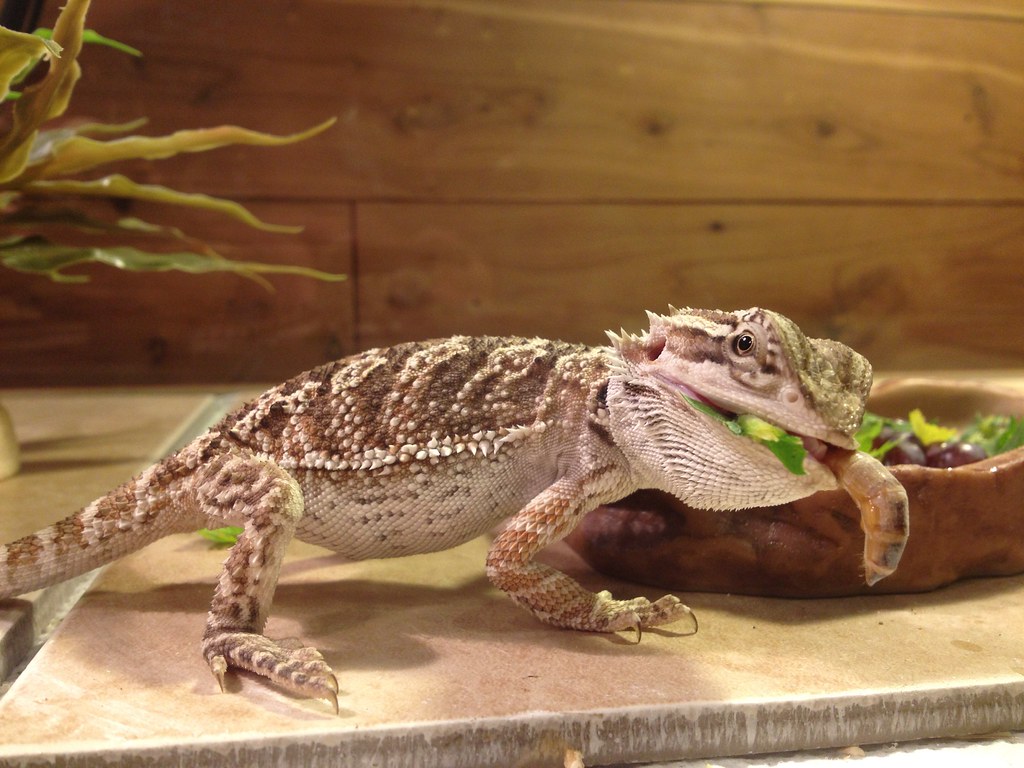
Many popular pet lizards like bearded dragons, leopard geckos, and crested geckos rely heavily on insect protein, especially during their growth phases. These species require gut-loaded prey insects—meaning the insects themselves have been fed nutritious foods before being offered to the lizard—to maximize nutritional value. Common feeder insects include crickets, dubia roaches, mealworms, superworms, and hornworms, with each offering different nutritional profiles and benefits. Most insectivorous lizards also require calcium and vitamin supplementation, typically in the form of powders dusted onto the insects prior to feeding. Juvenile insectivorous lizards often need daily feedings to support rapid growth, while adults may thrive with feedings 3-4 times weekly. Size-appropriate prey is crucial—the insect should be no larger than the width between the lizard’s eyes to prevent impaction and choking hazards.
Feeding Herbivorous and Omnivorous Lizards
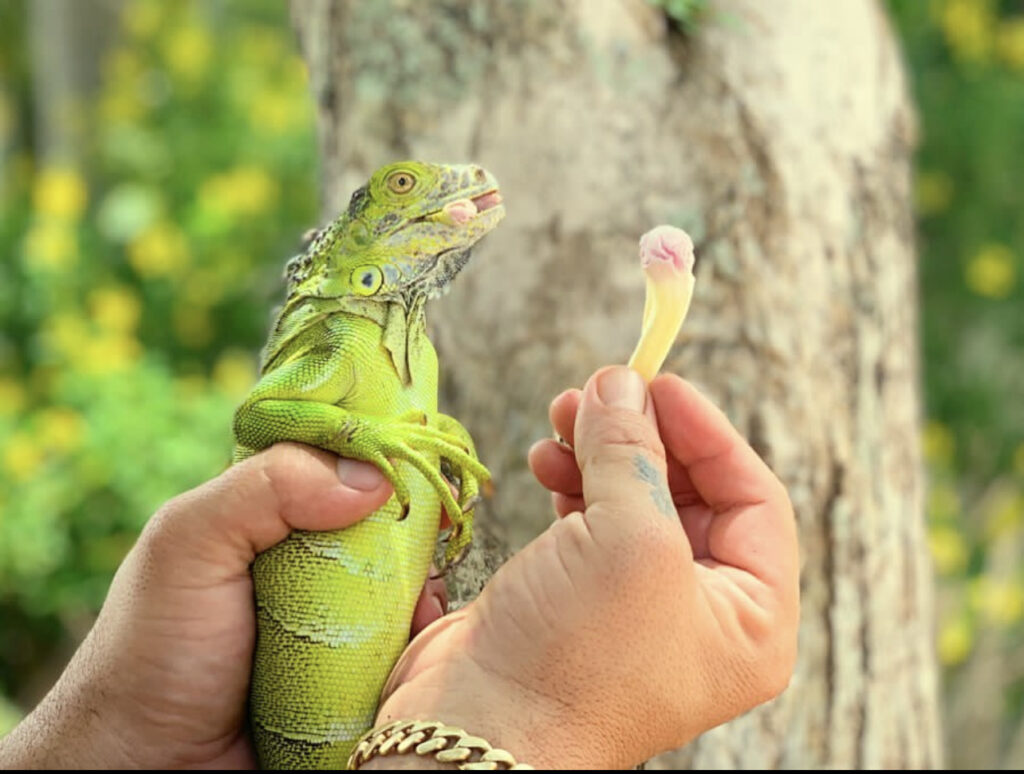
Herbivorous lizards like adult green iguanas and certain uromastyx species require specialized plant-based diets rich in calcium and low in oxalates. Their primary nutrition should come from dark, leafy greens such as mustard greens, collard greens, and dandelion greens, with smaller amounts of vegetables, flowers, and occasional fruits. Omnivorous species like bearded dragons require a balance that shifts from primarily insect protein as juveniles (80% insects, 20% plants) to mostly plant matter as adults (20% insects, 80% plants). Creating proper variety is essential—no single plant provides complete nutrition, so rotation among at least 5-7 different leafy greens weekly helps prevent nutritional deficiencies. Commercial pellets formulated specifically for herbivorous reptiles can supplement but should never replace fresh foods, as these animals have evolved to extract nutrients most efficiently from living plant matter with high moisture content.
Aquatic Turtle Nutrition
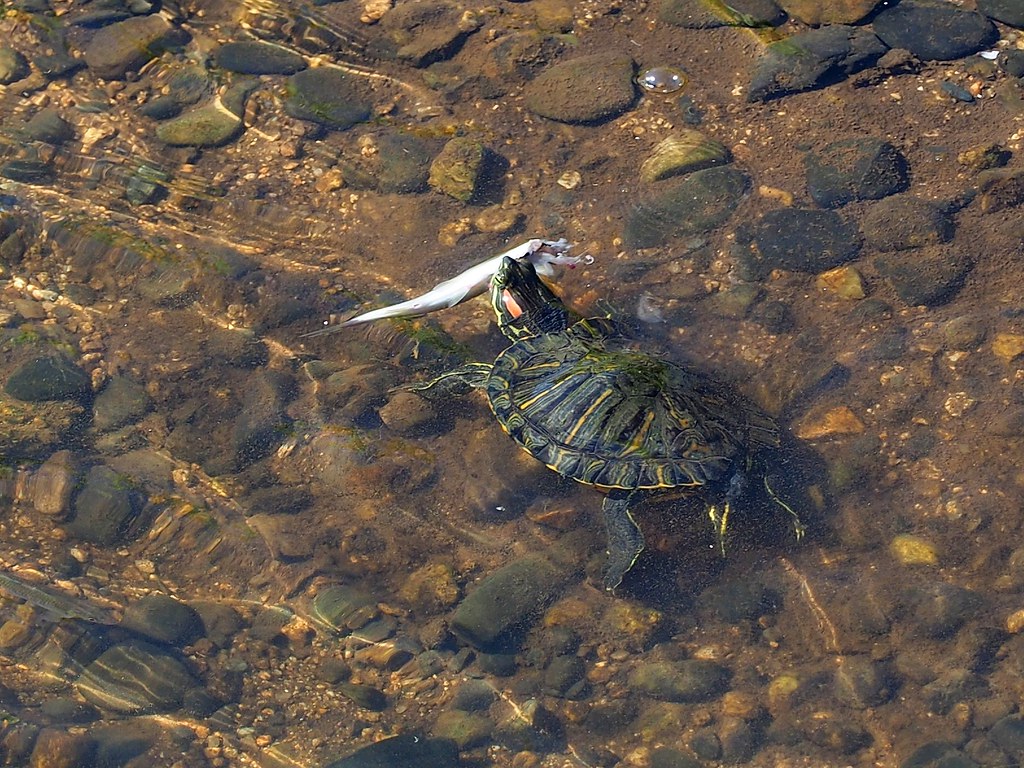
Aquatic turtles like red-eared sliders, painted turtles, and musk turtles typically follow omnivorous diets that change significantly throughout their lifespan. Juvenile aquatic turtles require higher protein content, often sourced from commercial turtle pellets, insects, small fish, and aquatic invertebrates. As they mature, most species should transition toward increased plant matter, with adults ideally consuming a diet of approximately 50-75% plant material including aquatic plants, dark leafy greens, and vegetables. Offering food in water allows these turtles to feed naturally, as most are adapted to eat while submerged. Calcium supplementation remains crucial for shell development and health, typically provided through cuttlebone or specialized aquatic turtle vitamin supplements. Unlike many reptiles, most aquatic turtles will readily overfeed when food is available, making portion control essential to prevent obesity and liver disease—a common problem in captive specimens.
Land Tortoise Dietary Requirements
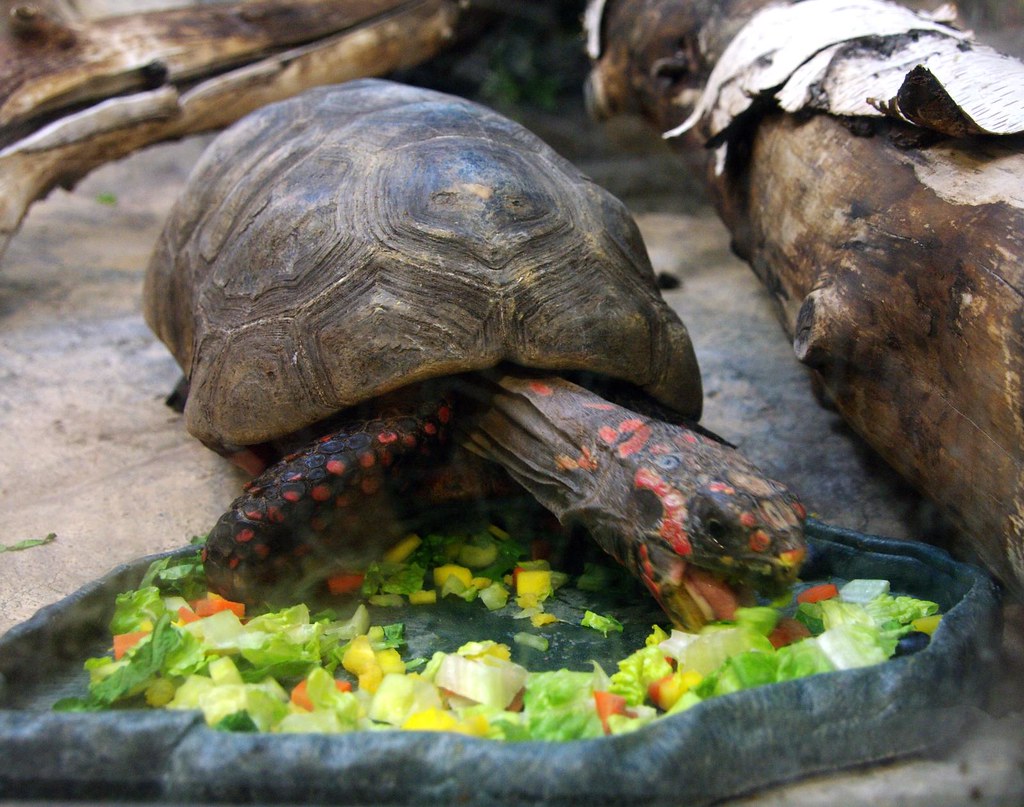
Tortoises represent some of the most specialized feeders in the reptile world, with specific dietary needs often corresponding to their native habitats. Mediterranean species like Greek and Hermann’s tortoises require high-fiber, low-protein diets rich in calcium and low in fruit sugars, consisting primarily of grasses, weeds, flowers, and fibrous greens. Tropical forest species such as red-footed tortoises consume a more varied diet including some fruit and occasional protein. The calcium-to-phosphorus ratio is particularly critical for all tortoise species, as improper balance leads to shell deformities and metabolic bone disease. A diet rich in natural grazing materials and supplemented with appropriate calcium sources promotes healthy shell growth and development. Contrary to popular practice, fruits should comprise less than 10% of most tortoise diets, as the sugar content can disrupt gut flora and lead to digestive disorders.
Proper Supplementation Techniques
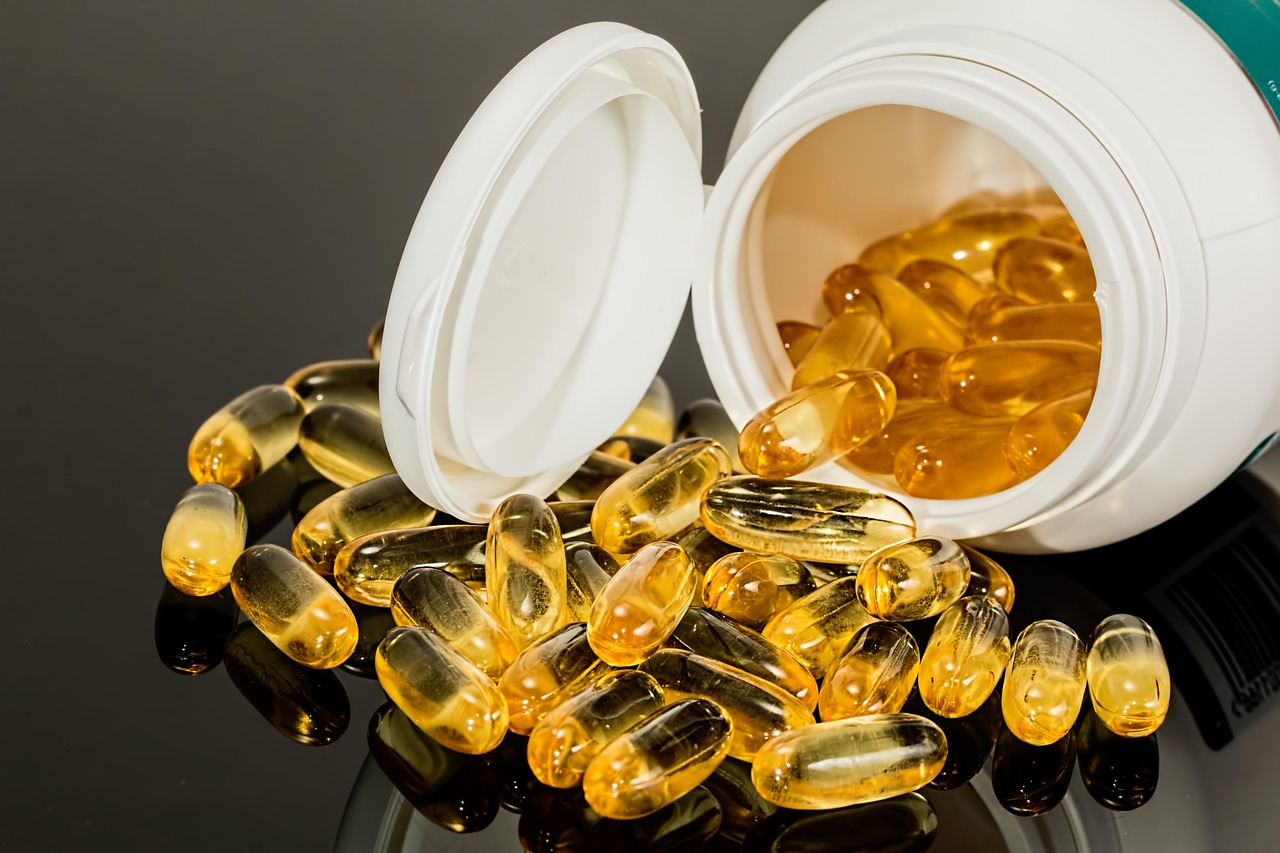
Even with carefully planned diets, most captive reptiles require supplementation to meet their nutritional needs, particularly for calcium, vitamin D3, and various trace minerals. Calcium is essential for bone development, muscle function, and egg production in breeding females, while vitamin D3 facilitates calcium absorption and metabolism. Powdered supplements should be applied according to species-specific needs—most growing reptiles require calcium supplementation at every feeding, while adults may need it less frequently.
For reptiles without UVB exposure (such as many nocturnal species), vitamin D3 supplementation becomes critical. Mineral blocks, cuttlebone, or calcium-rich foods like crushed eggshells provide alternative supplementation methods for certain species. It’s important to note that over-supplementation can be as dangerous as deficiency, potentially leading to vitamin toxicity and organ damage, so following species-specific guidelines remains essential.
Specialized Feeding Methods and Tools
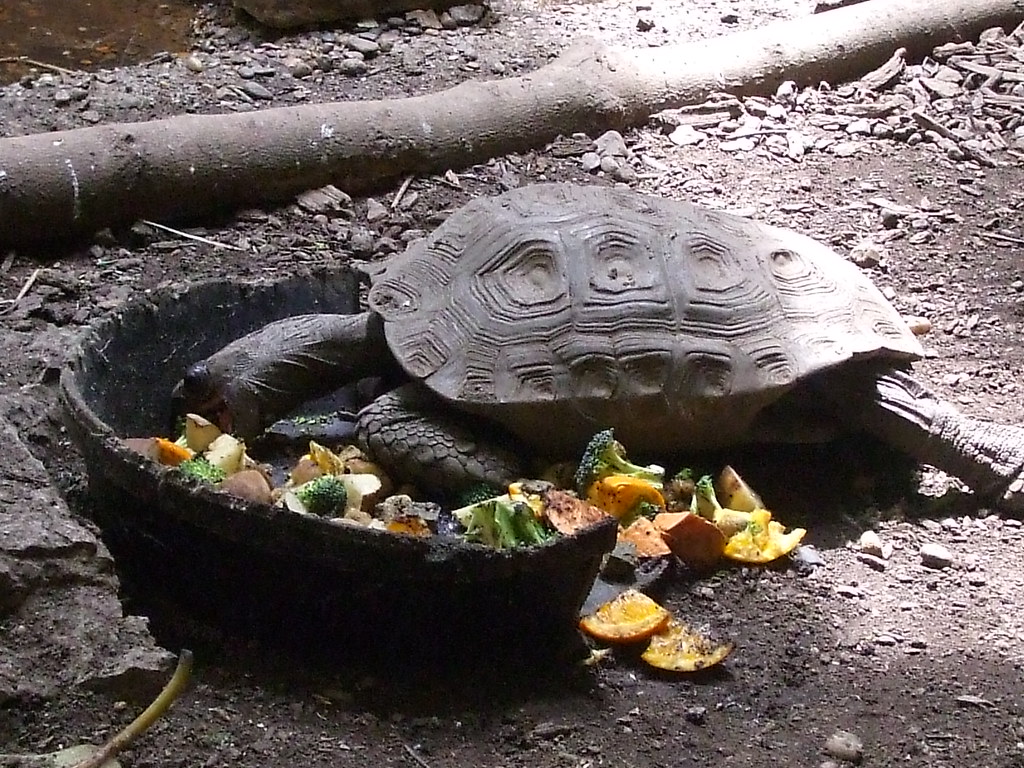
Different reptile species often require specialized feeding approaches to encourage healthy eating behaviors and prevent accidents. Tongs and feeding forceps provide safe distance when offering prey to snakes and larger lizards, preventing accidental bites and reducing stress. Separate feeding enclosures can help prevent substrate ingestion and reduce cage aggression in some species, though this practice remains debated among herpetologists.
For reluctant feeders, specialized techniques like braining (exposing the brain of prey items), scenting with prey odors, or using commercially available appetite stimulants may encourage feeding. Automated misting systems can stimulate drinking and feeding behaviors in certain arboreal species that typically drink water droplets rather than from standing water. Food preparation tools like herb scissors for precise cutting of greens, food processors for creating vegetable mixtures, and gram scales for portion control all contribute to more effective feeding regimens.
Feeding Frequency and Scheduling
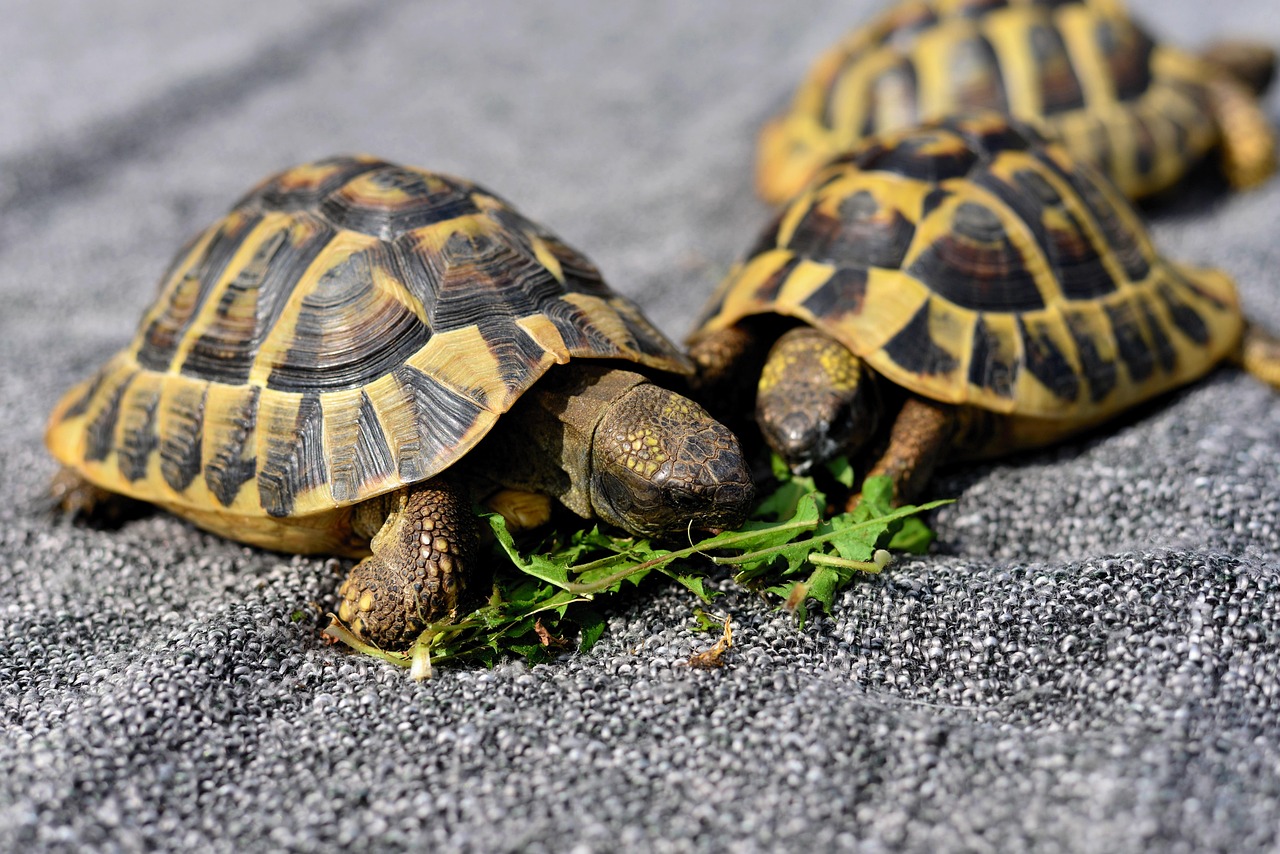
Proper feeding schedules vary dramatically across reptile species and are influenced by age, reproductive status, and seasonal changes. Young, growing reptiles typically require more frequent feedings than adults—juvenile snakes may eat weekly, while adult specimens of the same species might eat monthly. Most lizard species benefit from daily or every-other-day feeding schedules when young, transitioning to 3-4 times weekly as adults.
Brumation periods (a reptilian form of hibernation) often require adjusted feeding protocols, with many species naturally reducing or stopping food intake during cooler months. Gravid (pregnant) females frequently show increased appetite and require additional calcium to support egg development. Creating a feeding chart or calendar helps maintain consistency and allows for monitoring of consumption patterns, which can serve as early indicators of health issues when they change unexpectedly.
Addressing Common Feeding Problems
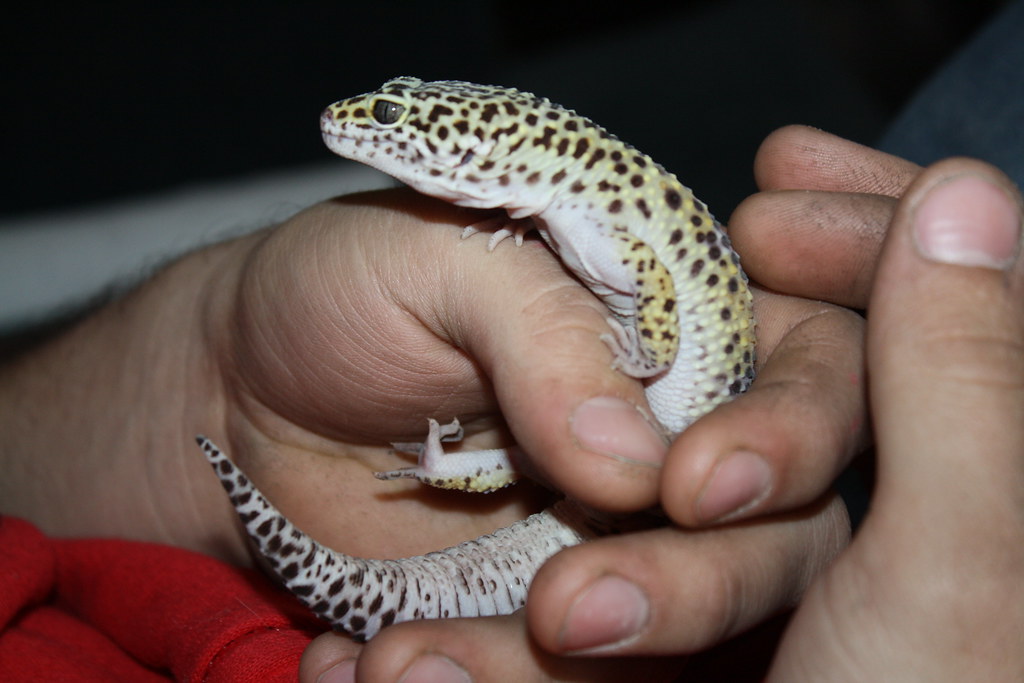
Feeding refusal represents one of the most common challenges reptile keepers face and can stem from numerous causes requiring different solutions. Environmental stressors like improper temperatures, inadequate hiding spots, or excessive handling often lead to feeding reluctance, particularly in newly acquired specimens that need time to acclimate. Seasonal changes may trigger natural fasting periods, especially in males of breeding species or reptiles preparing for brumation.
Health issues including parasitic infections, respiratory conditions, or mouth rot commonly manifest first as reduced appetite. With snakes specifically, shedding cycles typically cause temporary feeding refusal that resolves naturally after the skin is shed. For persistent feeding problems, veterinary evaluation becomes essential to rule out medical causes before attempting advanced feeding techniques like assist-feeding or force-feeding, which should only be performed under professional guidance.
Live vs. Pre-Killed Prey Debate
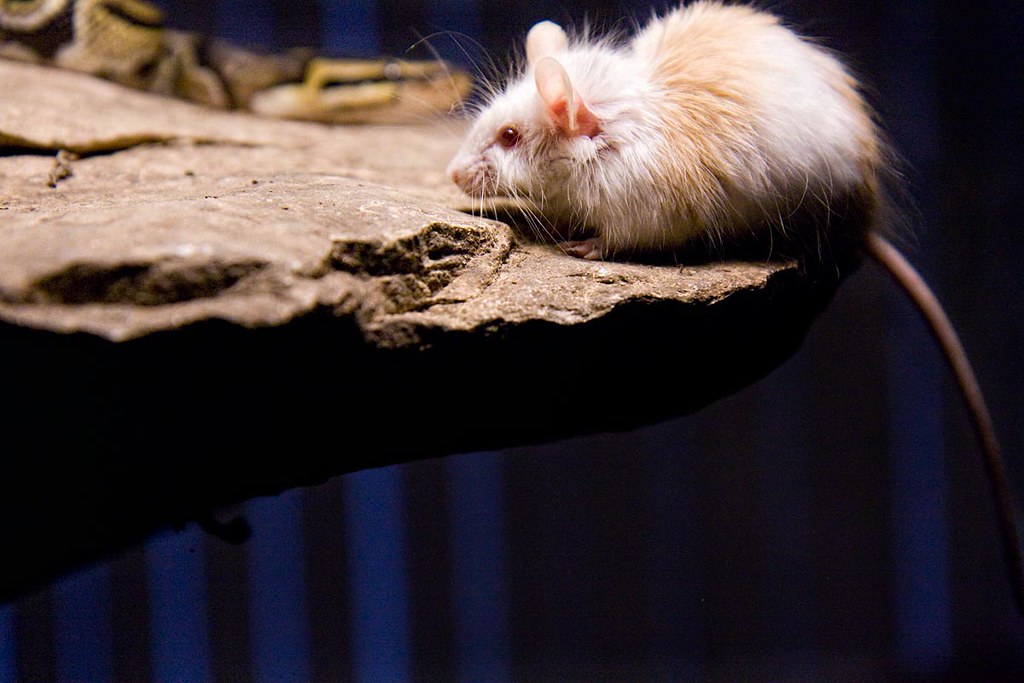
The controversy surrounding live versus pre-killed prey represents one of the most debated topics in reptile husbandry, with significant implications for both predator and prey welfare. Live feeding poses genuine risks to snakes and large lizards, as defensive prey can inflict serious injuries including eye damage, deep bites, and skin lacerations that may become infected. From an ethical perspective, many keeper associations advocate for pre-killed feeding to prevent unnecessary suffering of prey animals in situations where they cannot escape. Frozen-thawed prey offers additional benefits including convenience, elimination of parasites through freezing, and the ability to store multiple feedings. For reptiles reluctant to accept pre-killed prey, transitional techniques such as fresh-killed offering, movement simulation with tongs, or scent-transfer methods can encourage the switch from live prey without compromising nutrition.
Nutritional Diseases and Prevention
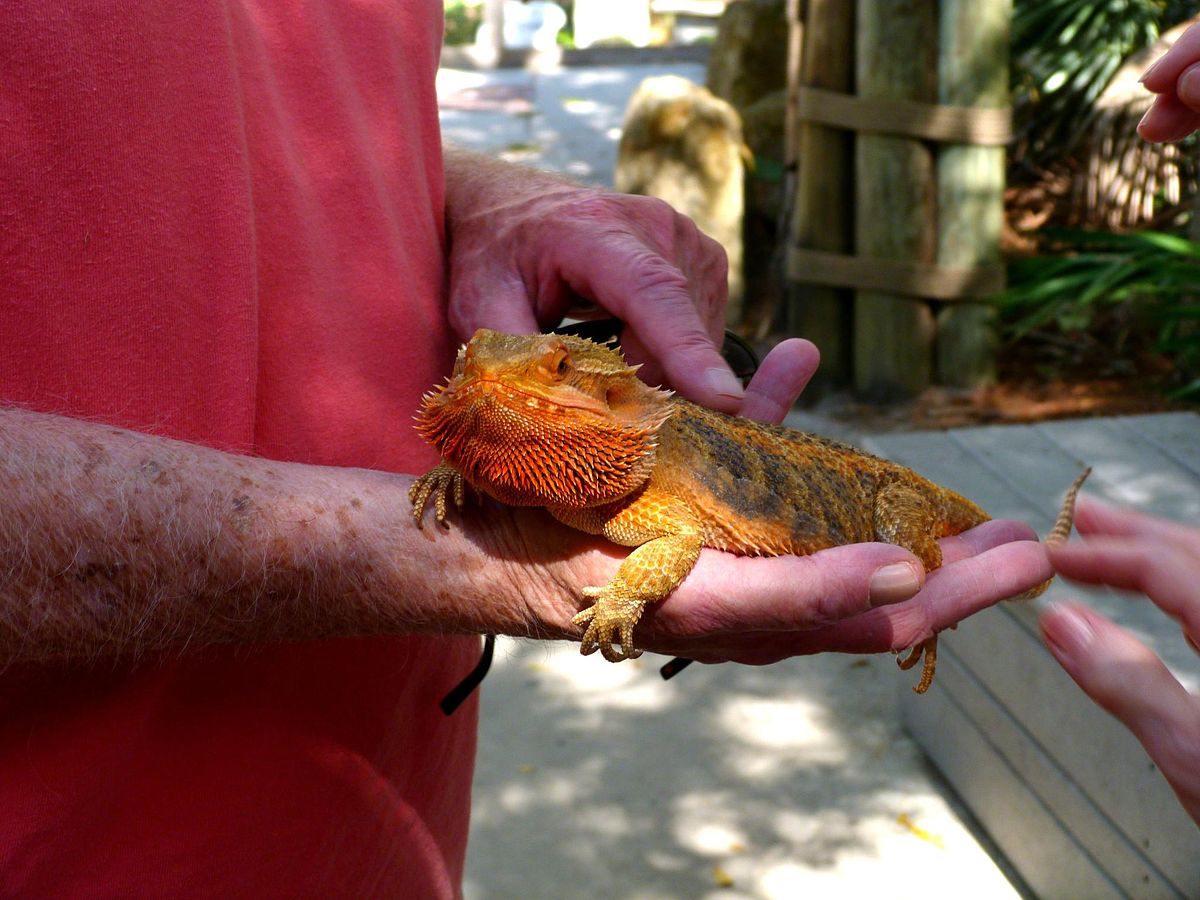
Improper nutrition stands as the leading cause of preventable disease in captive reptiles, with metabolic bone disease (MBD) representing the most common and devastating nutritional disorder. MBD results from calcium deficiency, vitamin D3 deficiency, or improper calcium-to-phosphorus ratios, causing skeletal deformities, muscle tremors, and eventually death if untreated. Obesity presents another significant health concern, particularly in captive box turtles, bearded dragons, and leopard geckos that receive excessive high-fat diets or insufficient exercise opportunities.
Vitamin A deficiency frequently affects aquatic turtles and some lizard species, manifesting as swollen eyelids, respiratory issues, and poor skin condition. Gout, resulting from excessive protein in herbivorous species, causes painful joint swelling and kidney damage. Preventing these conditions requires species-appropriate diets, proper supplementation regimens, regular weight monitoring, and periodic veterinary evaluations, especially for species prone to specific nutritional sensitivities.
Special Considerations for Breeding Reptiles

Breeding reptiles require specialized nutritional support to produce healthy offspring while maintaining their own wellbeing. Female reptiles developing eggs or carrying live young experience dramatically increased calcium demands, often necessitating supplementation at every feeding to prevent calcium depletion from their own skeletal reserves. Many species benefit from increased protein intake during breeding seasons, with female snakes often accepting larger or more frequent prey items during follicular development.
Post-breeding recovery periods are equally crucial, particularly for female snakes after egg-laying or live birth, when they may require smaller, more digestible meals to rebuild energy reserves. Male reptiles of many species naturally reduce feeding during breeding seasons as they prioritize reproductive behaviors over eating—this temporary anorexia rarely requires intervention unless prolonged. Seasonal cycling of nutrition, including periods of increased food availability followed by slight reduction, often stimulates natural breeding behaviors in many species.
Creating Sustainable Feeding Practices
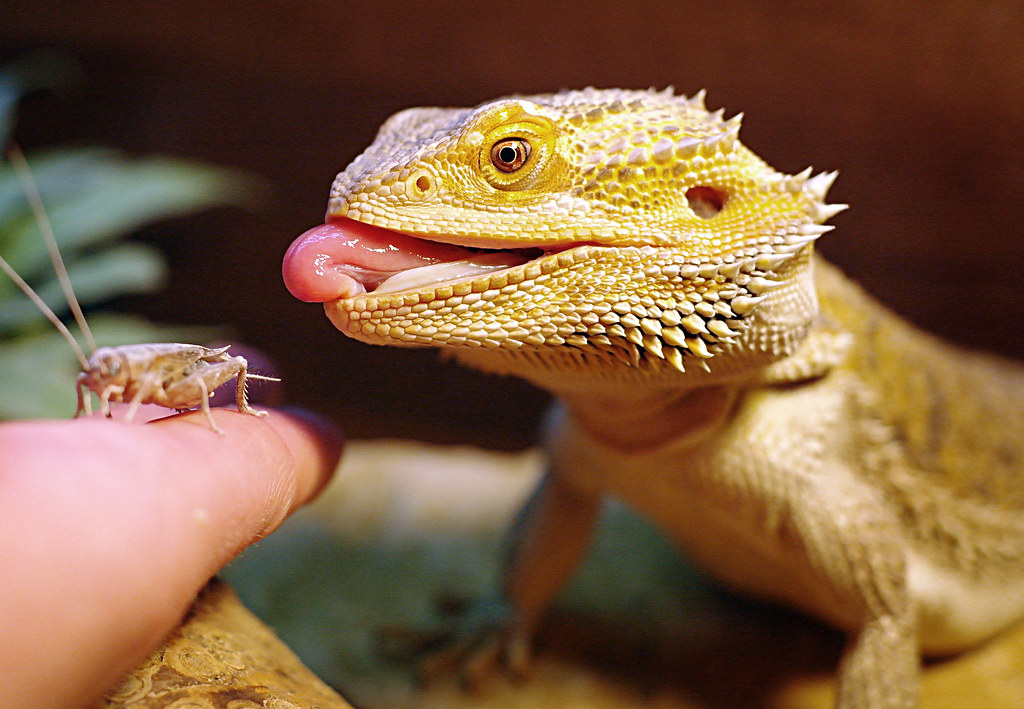
Responsible reptile keeping increasingly incorporates considerations of sustainability and ethical sourcing of feeders. Home cultivation of feeder insects offers multiple benefits: reducing carbon footprint from shipping, ensuring contaminant-free nutrition, and providing fresh food sources. Species like dubia roaches, black soldier fly larvae, and various mealworm species can be relatively easily cultivated in plastic containers with minimal space requirements.
For herbivorous species, growing tortoise-safe plants and weeds provides fresh, pesticide-free fodder while reducing reliance on commercially sourced greens. Seasonal wild-harvested foods like dandelions, plantain leaves, and certain flowers can supplement commercial diets when collected from uncontaminated areas free from pesticides, herbicides, or roadway pollution. Creating feeding rotation schedules that incorporate seasonal availability helps mimic natural feeding patterns while reducing environmental impact and often lowering long-term feeding costs.
The proper feeding of exotic reptiles represents both science and art, requiring dedicated attention to species-specific requirements, individual needs, and ongoing research in reptile nutrition. As our understanding of these fascinating animals continues to evolve, so too do best practices for their dietary care. Whether you’re caring for a carnivorous snake, an insectivorous gecko, or a herbivorous tortoise, the investment in proper nutrition pays dividends in the form of vibrant health, natural behaviors, and maximized lifespan. By combining species-appropriate diets with proper supplementation, feeding techniques, and regular monitoring, reptile keepers can provide their exotic pets with nutrition that closely mimics what they would receive in their natural habitats—perhaps the greatest gift we can offer these remarkable animals in our care.

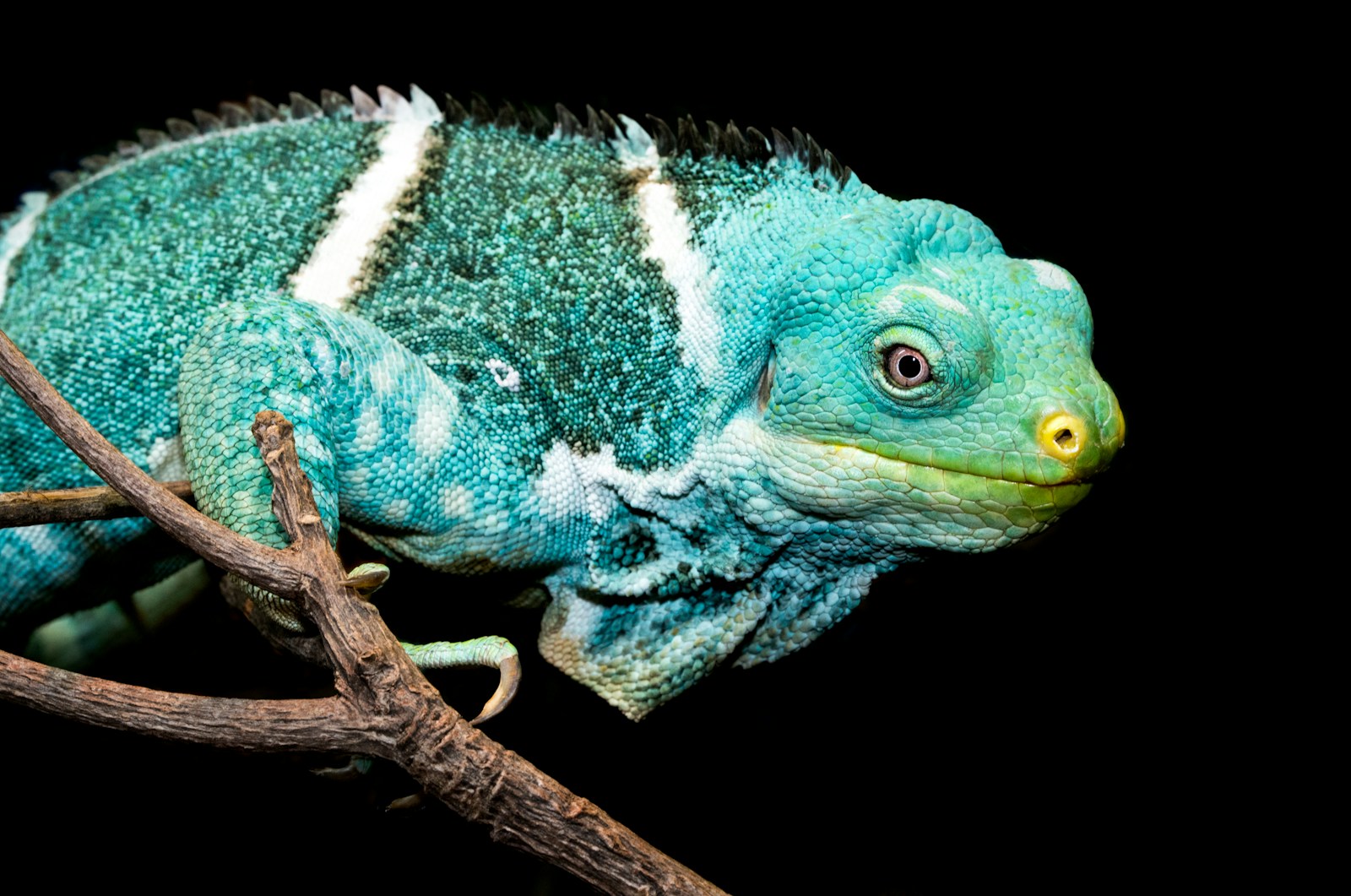
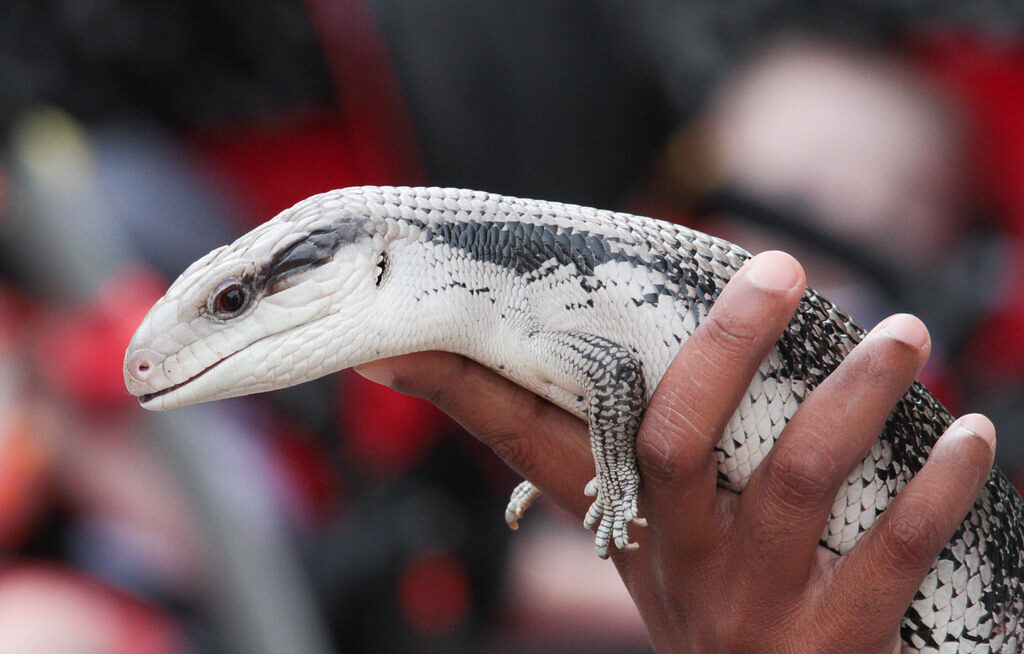
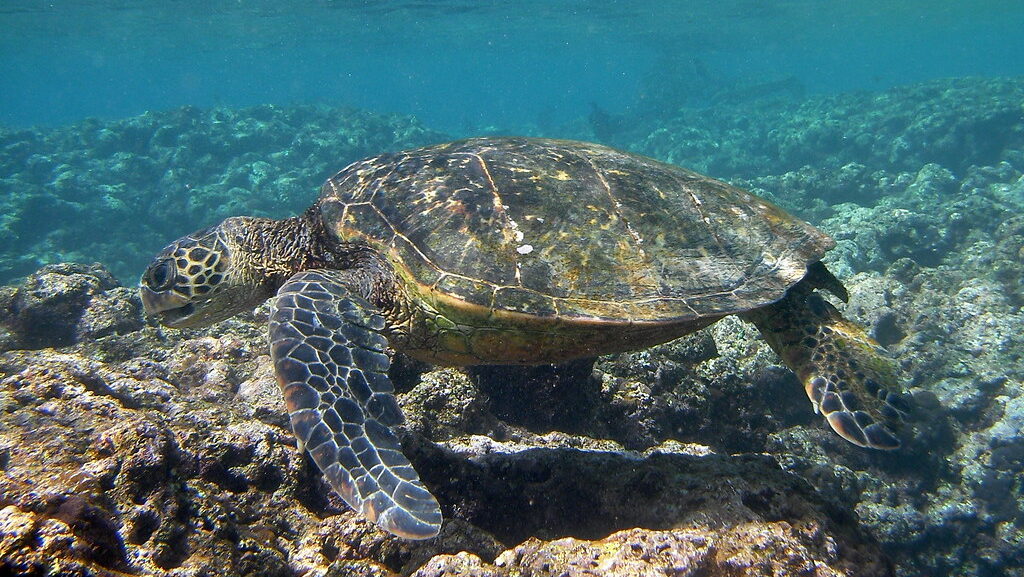
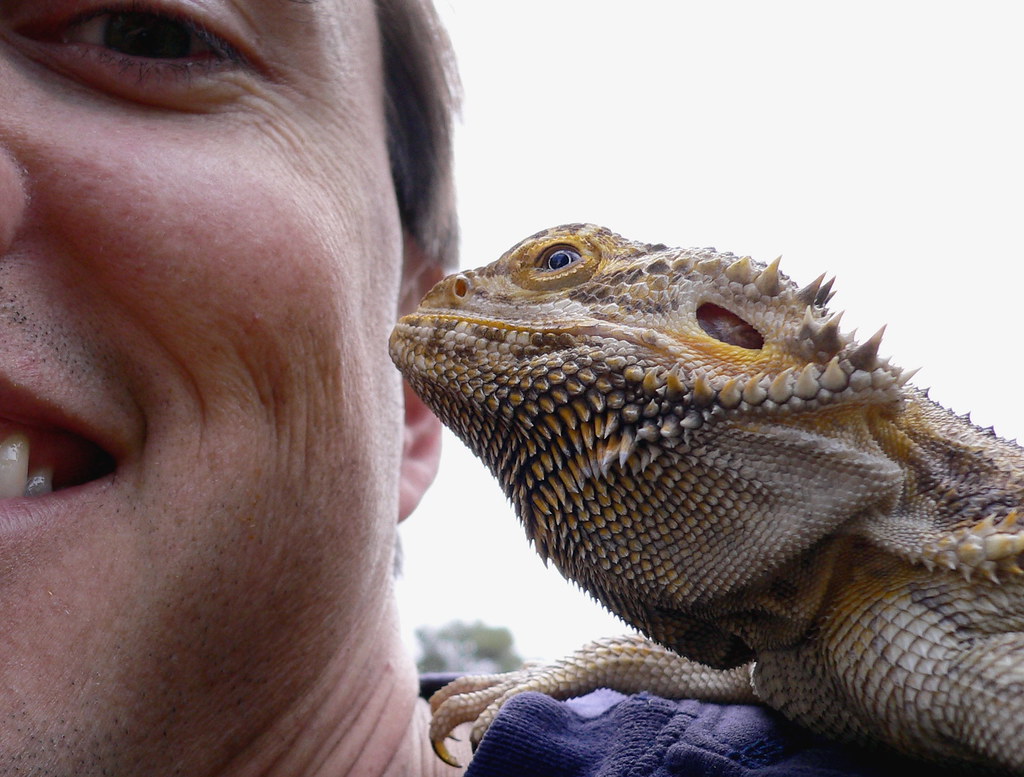
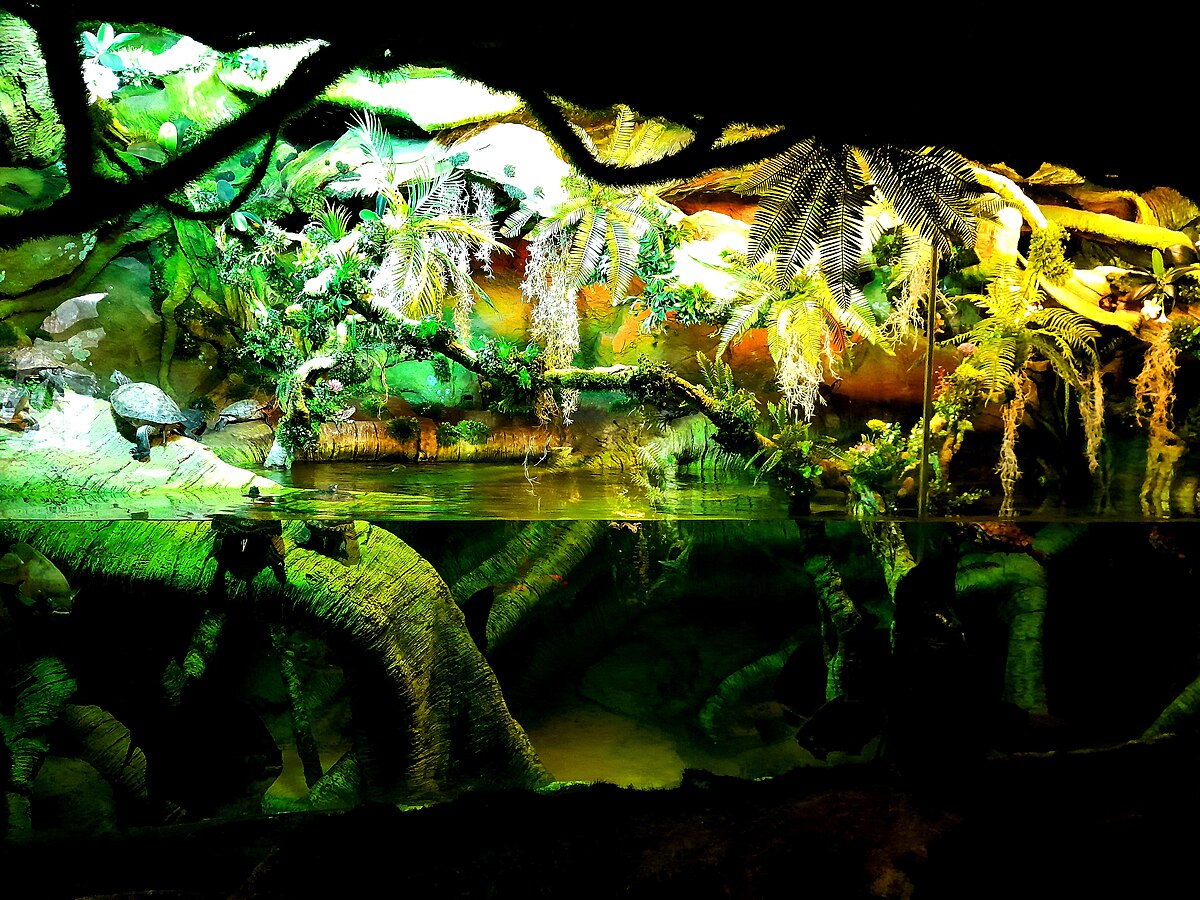

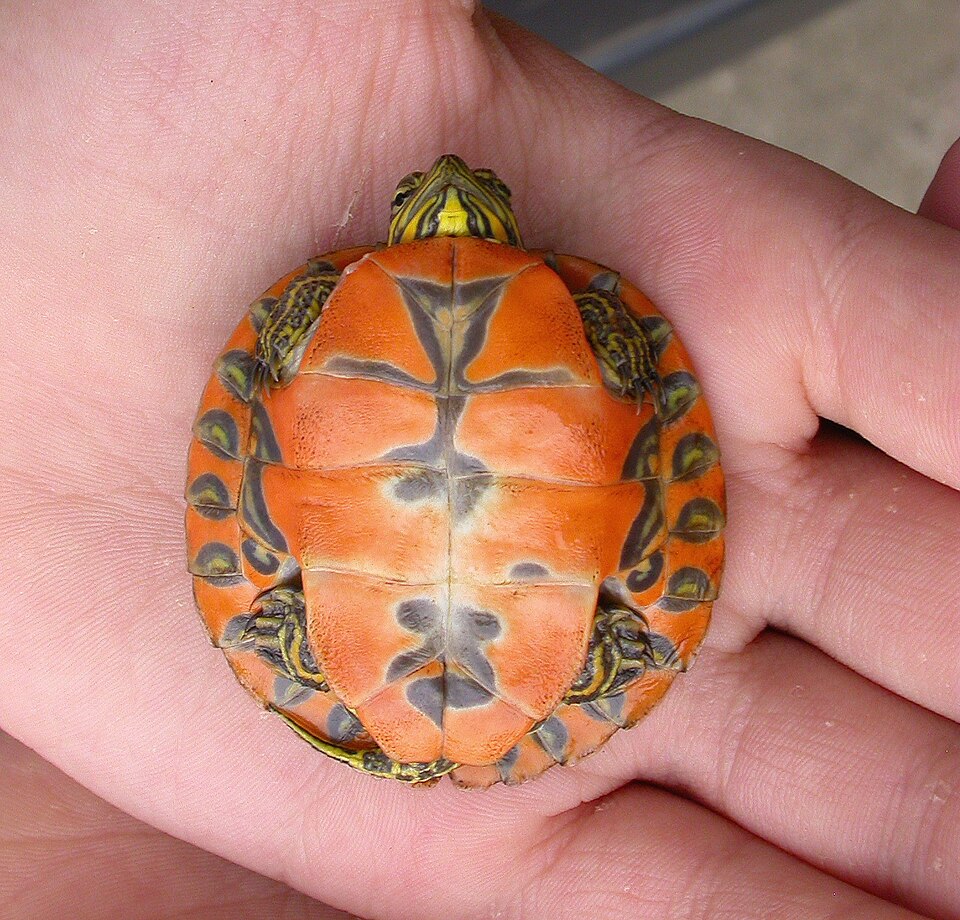
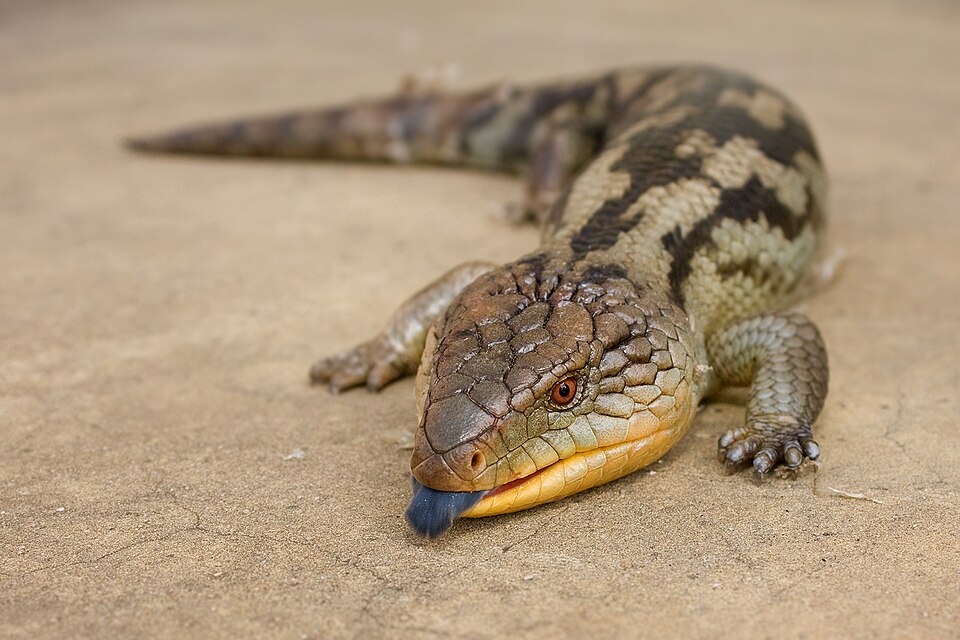


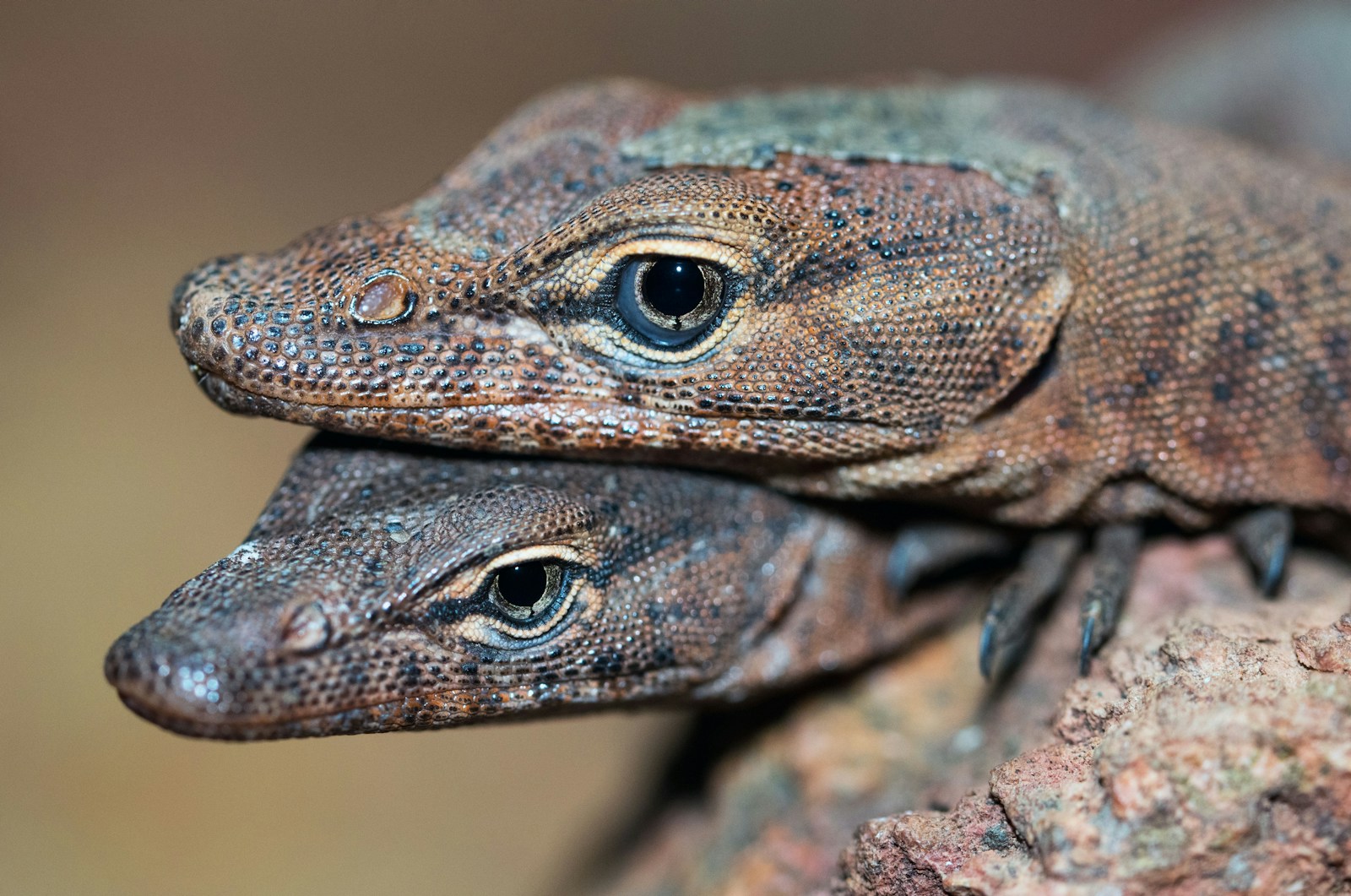
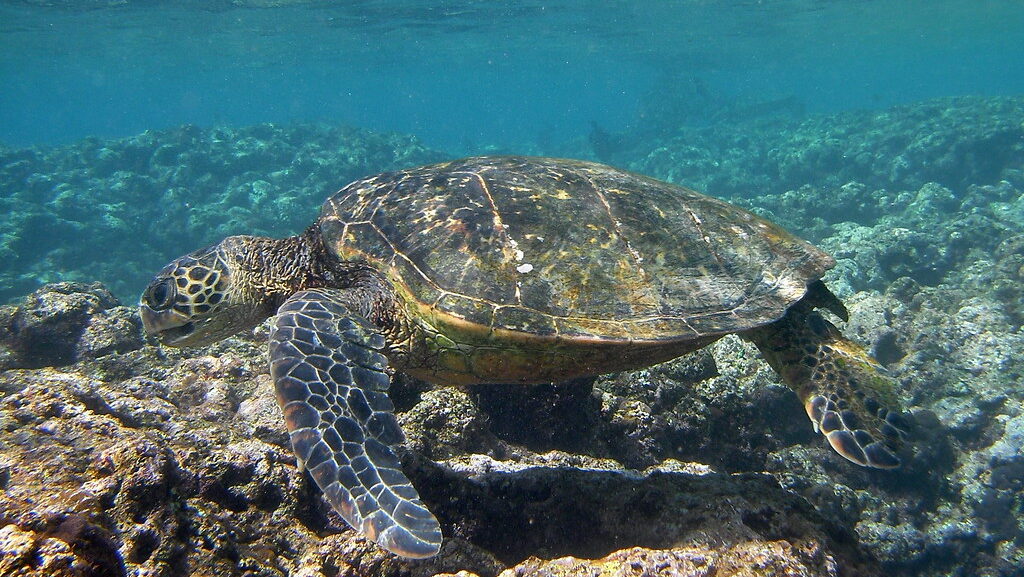
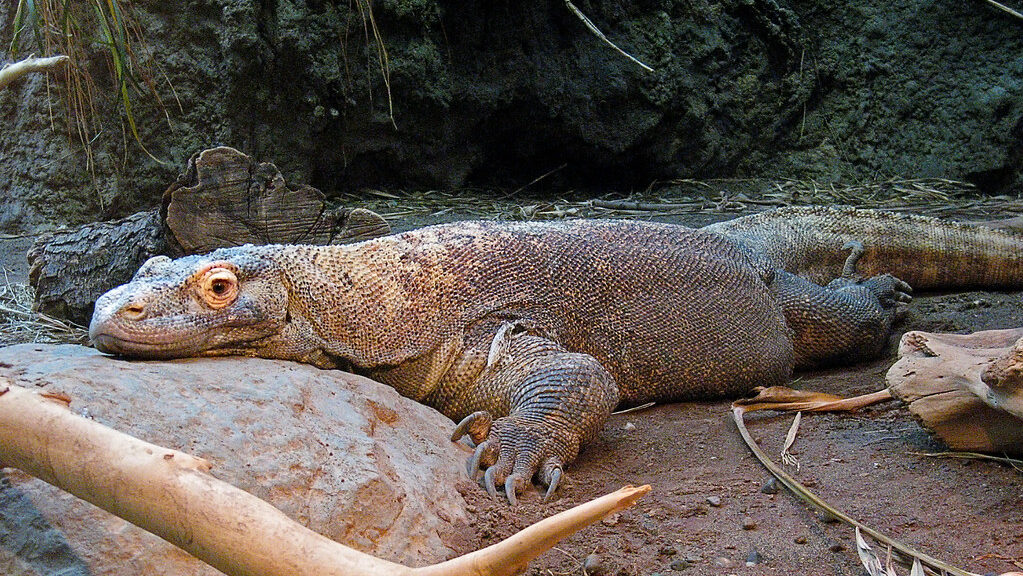

Leave a Reply